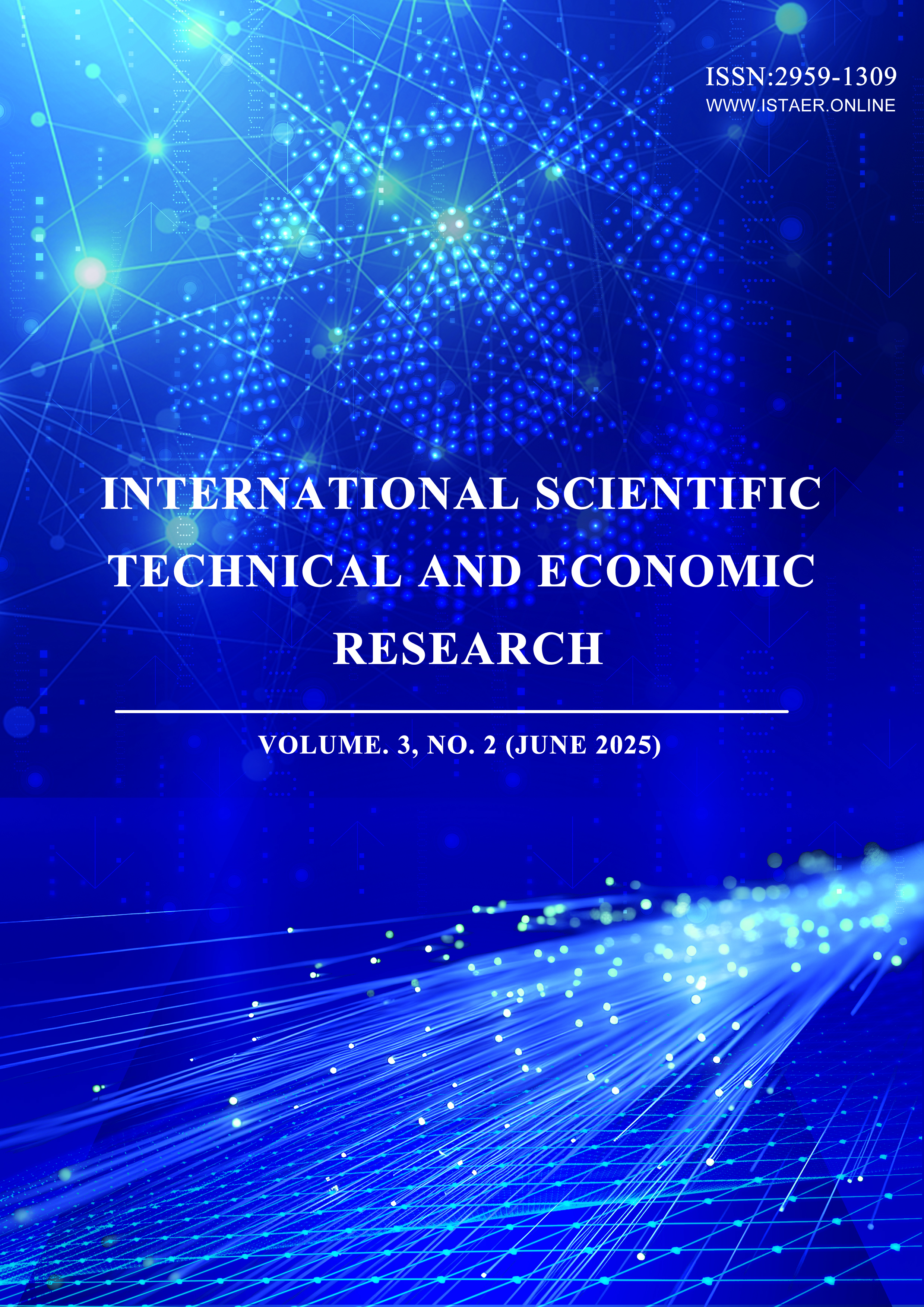Application research on multi-terminal visual communication optimization strategy based on user cognition
DOI:
https://doi.org/10.71451/ISTAER2529Keywords:
User Cognition; Multi-Terminal; Visual Communication; Optimization Strategy; Design MethodAbstract
With the popularity of smart devices, more and more users obtain information through different terminals. How to achieve efficient and consistent visual communication on these devices has become a key issue in the design field. Based on user cognition theory, this study explores the optimization strategy of visual communication in a multi-terminal environment. By analyzing the differences in visual perception, information processing needs and cognitive load of users on different terminals, this study proposes a series of optimization strategies, including the adjustment of visual elements such as color, fonts, typography, and images, as well as terminal adaptation and responsive design methods. At the same time, the study emphasizes maintaining a consistent brand image and visual style between different devices to ensure that users have a consistent visual experience in various terminals. Finally, this study provides a theoretical framework and operational strategies for the design practice of multi-terminal visual communication, and promotes the deep integration of user cognition and visual design.
References
[1] Vieira, M., Vieira, M. A., Galvão, G., Louro, P., Vieira, P., & Fantoni, A. (2024, June). Enhancing indoor navigation in multi-terminal airports through visible light communication signals. In Optical Sensing and Detection VIII (Vol. 12999, pp. 292-307). SPIE. DOI: https://doi.org/10.1117/12.3016824
[2] Hao, Y., Miao, Y., Chen, M., Gharavi, H., & Leung, V. C. (2021). 6G cognitive information theory: A mailbox perspective. Big Data and Cognitive Computing, 5(4), 56. DOI: https://doi.org/10.3390/bdcc5040056
[3] Zhu, J., Li, N., Zhang, J., Rao, Y., Pang, C., Tang, R., & Zhao, H. (2025). Adaptive Geographic Scene Expression Driven by User Needs: A Case Study of the Twin Highway Tunnel Scene. Transactions in GIS, 29(2), e70044. DOI: https://doi.org/10.1111/tgis.70044
[4] Li, W., Zhou, Y., Luo, S., & Dong, Y. (2022). Design factors to improve the consistency and sustainable user experience of responsive Interface Design. Sustainability, 14(15), 9131. DOI: https://doi.org/10.3390/su14159131
[5] Wu, Y., & Chen, M. (2022, October). Multi-terminal Sharing System of Interconnected Dynamic Data Network Assisting College Sports Practice Information. In 2022 International Conference on Edge Computing and Applications (ICECAA) (pp. 441-444). IEEE. DOI: https://doi.org/10.1109/ICECAA55415.2022.9936449
[6] Huang, J., & Li, W. (2023, July). Research on the communication mode of mobile applications under the human-computer interaction mode. In International Conference on Human-Computer Interaction (pp. 40-52). Cham: Springer Nature Switzerland. DOI: https://doi.org/10.1007/978-3-031-35921-7_4
[7] Ng, S. E., Vishwanath, S. K., Yang, J., Periyal, S. S., Nirmal, A., Jamaludin, N. F., ... & Mathews, N. (2024). Advances in Multi‐Terminal Transistors as Reconfigurable Interconnections for Neuromorphic Sensing and Processing. Advanced Electronic Materials, 10(2), 2300540. DOI: https://doi.org/10.1002/aelm.202300540
[8] She, M., & Zhao, Y. (2024, August). Smart Fire Digital Twin Scene and Multi-Terminal Collaboration: A Systematic Design. In 2024 5th International Conference on Electronics and Sustainable Communication Systems (ICESC) (pp. 595-600). IEEE. DOI: https://doi.org/10.1109/ICESC60852.2024.10689859
[9] Chenxu, H., Jiashuang, L., Huanhuan, C., & Wei, X. (2023). Research on interactive experience design of tram charging pile based on user perspective—Taking Quanzhou Normal University as an example. perspectives, 5(2), 1-8. DOI: https://doi.org/10.25236/FSST.2023.050201
[10] Wen, L., Lin, W., & Guo, M. (2022). Study on optimization of marketing communication strategies in the era of artificial intelligence. Mobile Information Systems, 2022(1), 1604184. DOI: https://doi.org/10.1155/2022/1604184
Downloads
Published
Issue
Section
License
Copyright (c) 2025 International Scientific Technical and Economic Research

This work is licensed under a Creative Commons Attribution-NonCommercial-NoDerivatives 4.0 International License.
This work is licensed under the Creative Commons Attribution International License (CC BY 4.0).




